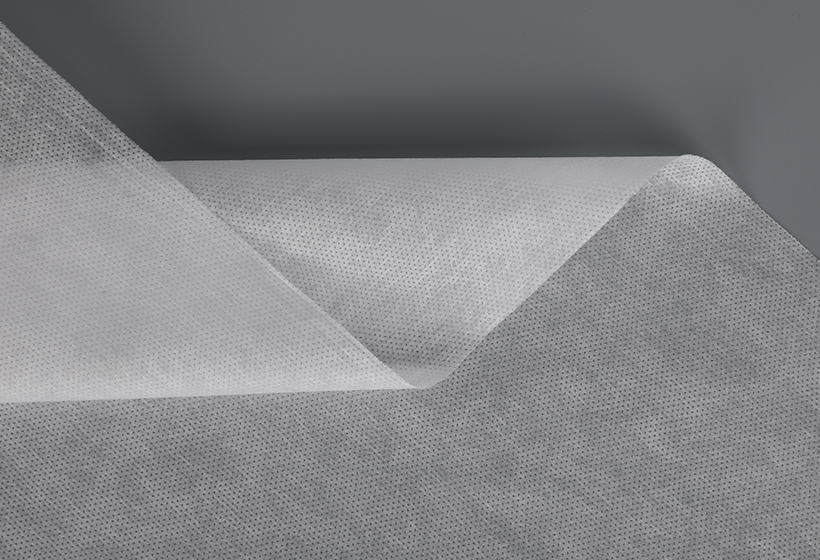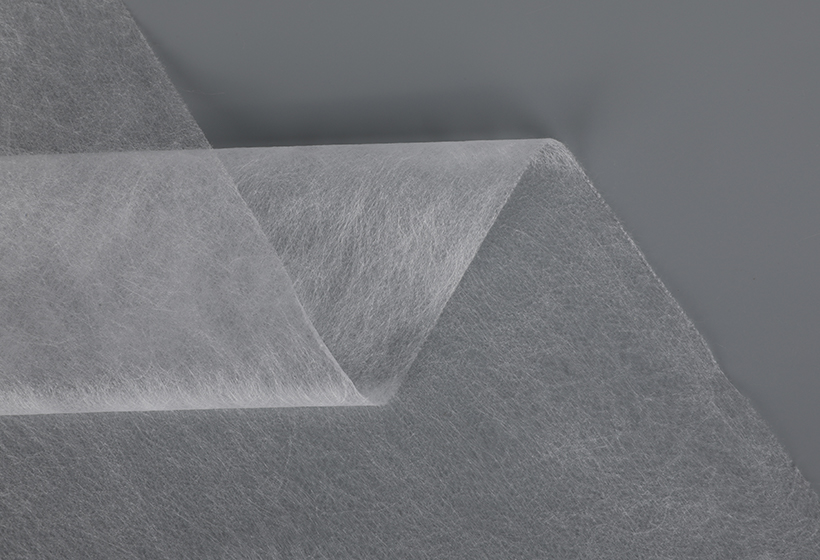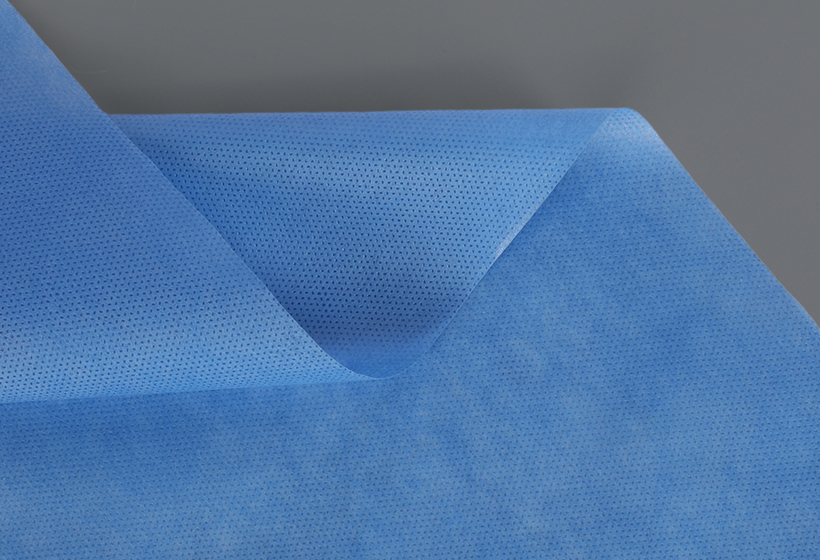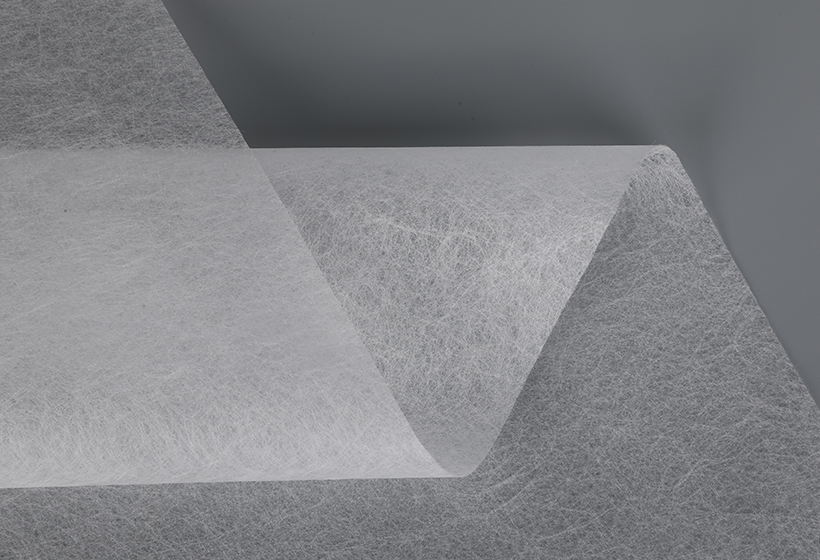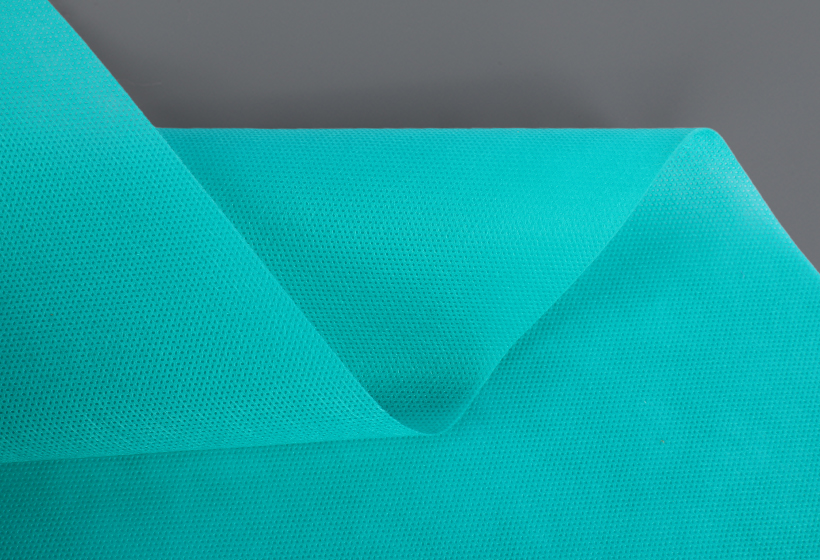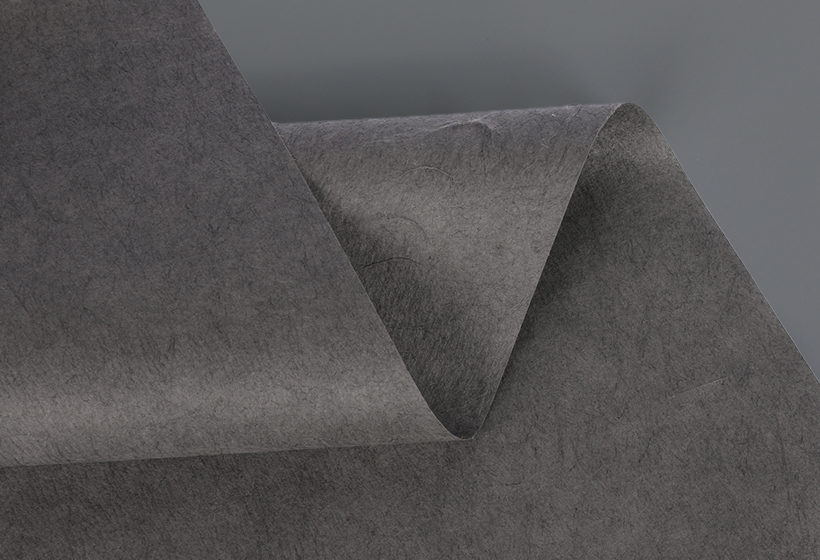Composite Non-Woven Fabric
Composite Non-woven Fabric has numerous industrial applications. It is used in many fields including health care, filtration, and packaging. It is used as a low-cost substitute to other types of fabric. It can be made of different types of fibers and have a variable thickness. Composite performance depends largely on the interface. With thin layers of woven structures, there are many interface layers, each with different modes of failure. Thicker nonwoven textiles have fewer interface layers and have higher Youngs modulus and tensile strength.
A good example of a composite nonwoven fabric is ES non-woven fabric, which is used to produce surgical face masks. The non-woven material has an excellent hand feel and has good composite properties. It is strong and breathable, and is also used as a heat-sealing material. It is also used in air filters and diapers.
Composite Non-woven Fabrics are made of two or three layers of non-woven fibers that are combined in a composite process. This combination of materials has special properties, such as high strength, barrier properties, hydrostatic pressure resistance, and anti-aging properties. In some cases, it can even be made out of recycled or waste cotton.
The blending step can be carried out using various apparatuses. A preferred method uses one feedbox, a precard machine to open up the metal and non-metal fibers, and a stock fan blower. Other elaborate blending lines are known in the art. These processes are compatible with the present invention.
The composite non-woven fabric of the present invention contains at least ten percent metal fibers and five to twenty percent nonmetal fibers. Unlike conventional textile fibers, the metallic fibers are stronger and break less easily. Therefore, they are preferred for use as floor buffing pads. A composite nonwoven fabric with a tensile strength of 80 microns or more is preferred.
Composite Non-woven Fabric can replace several types of composite materials. They can also be used in the automotive industry. Many car manufacturers already use non-woven composites in their products. Some of them are used in car headliners and interior materials. They are also used in various applications, including thermal insulation and acoustic insulation.
Composite non-woven fabric can be melted in several ways. The process for melting composite nonwoven fabric involves conducting heat to the fabric for a period of time. The material may be heated using compressed hot air, direct radiant heating, or a calendering machine. The heat used to melt the synthetic fibers is most effective at the surface of the fabric that contacts the heated roller.
Nonwovens are made from various materials such as wood pulp. Some types of textile materials are air-laid, which is a process where crystalline binder fibers are introduced and mixed throughout the nonwoven. Air-laid materials are soft and bulky.



 English
English Español
Español
